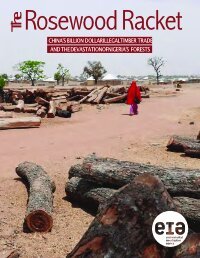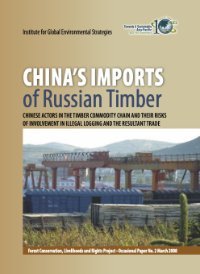By Luca Tacconi. Krystof Obidzinski. and Ferdinandus Agung
Illegal logging is a cause for widespread concern. It has negative environmental impacts, results in the loss of forest products used by rural communities, creates conflicts, and causes significant losses of tax revenues that could be used for development activities. The Nature Conservancy and World Wide Fund for Nature developed the Alliance to Promote Certification and Combat Illegal Logging in Indonesia to respond to the concern about illegal logging. The Alliance is a three-year initiative that aims to: 1. Strengthen market signals to expand certification and combat illegal logging, 2. Increase supply of certified Indonesian wood products, 3. Demonstrate practical solutions to achieve certification and differentiate legal and illegal supplies, 4. Reduce financing and investment in companies engaged in destructive or illegal logging in Indonesia, 5. Share lessons learned from the project. The Alliance seeks to learn lessons from its ongoing work to inform and adapt its activities, as well as to inform other initiatives seeking to address similar problems. This report is part of this lessons learning process. This report assesses the situation in Indonesia, including a quantitative estimation of illegally produced logs, discusses the causes of illegal logging, and describes the national and international policy and trade context. Then, it considers the work undertaken by the Alliance to address illegal logging in Indonesia; it summarizes the strategy of the Alliance, describes its rationale, and assesses the assumptions underlying the rationale and the objectives. Finally, it summarizes the progress made by the Alliance towards achieving its goal, highlights the lessons that can be learnt from the work in progress, and provides recommendations for the Alliance.
Bogor, Indonesia: Center for International Forestry Research (CIFOR). 2004. 88p.





















